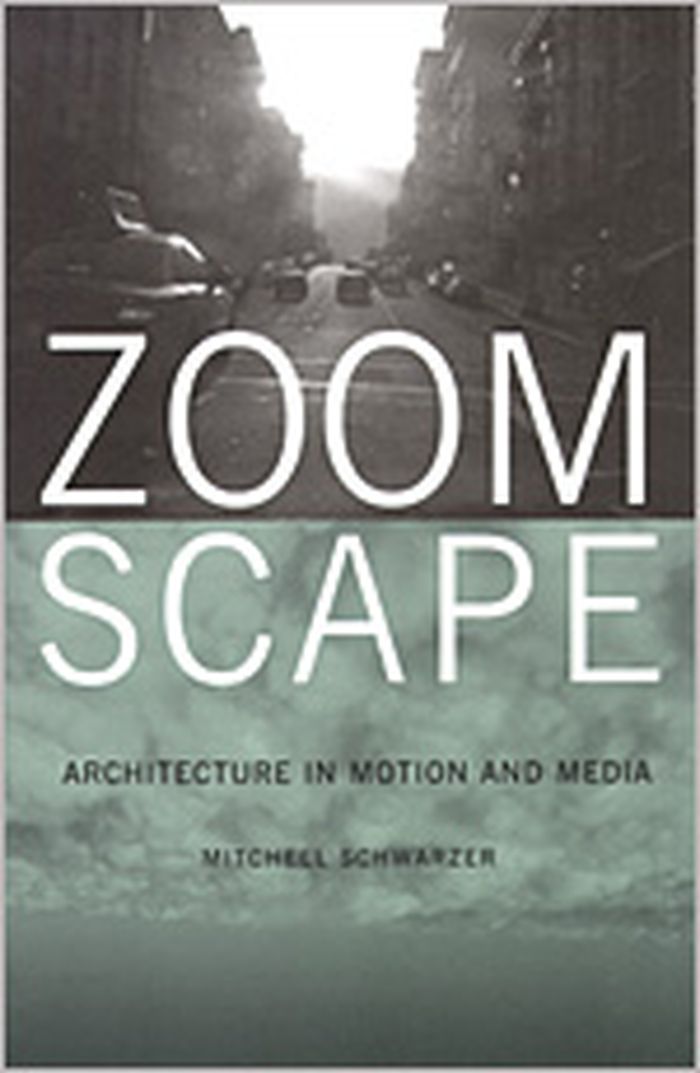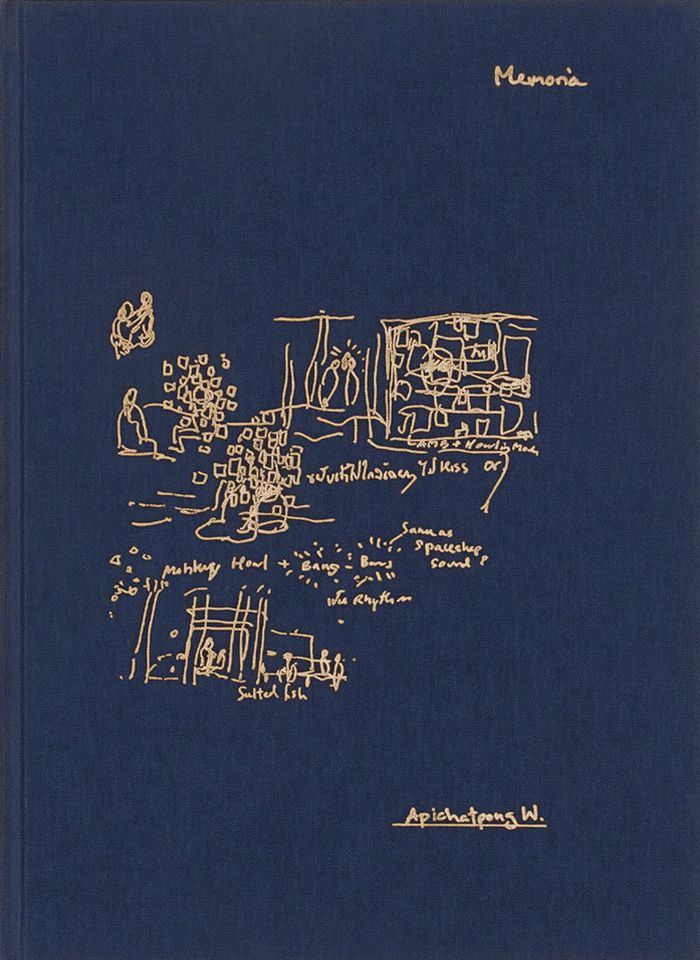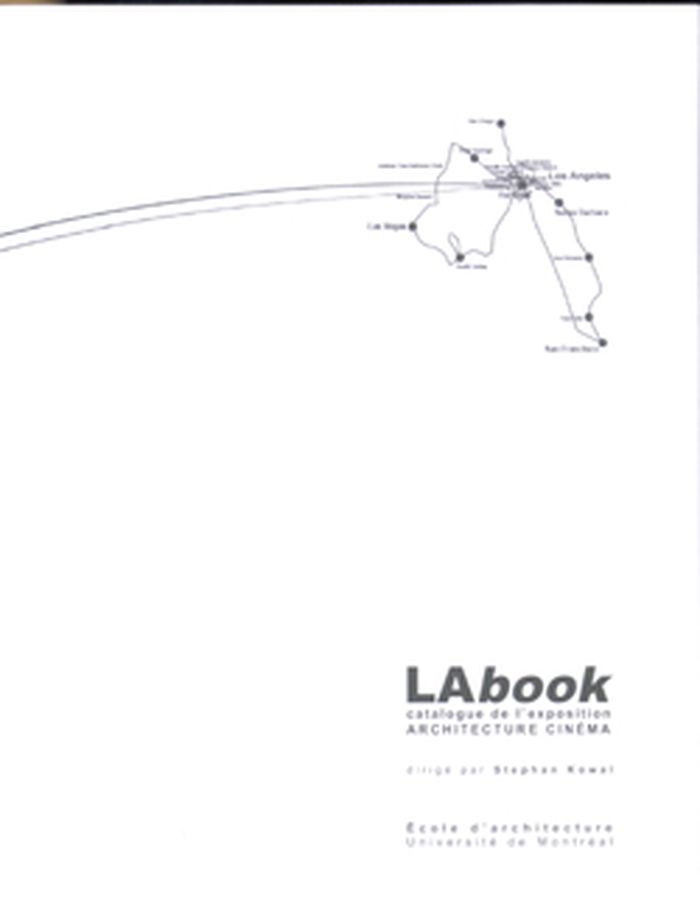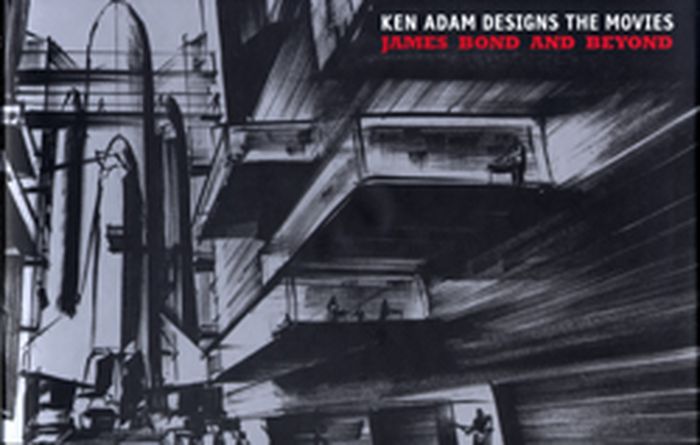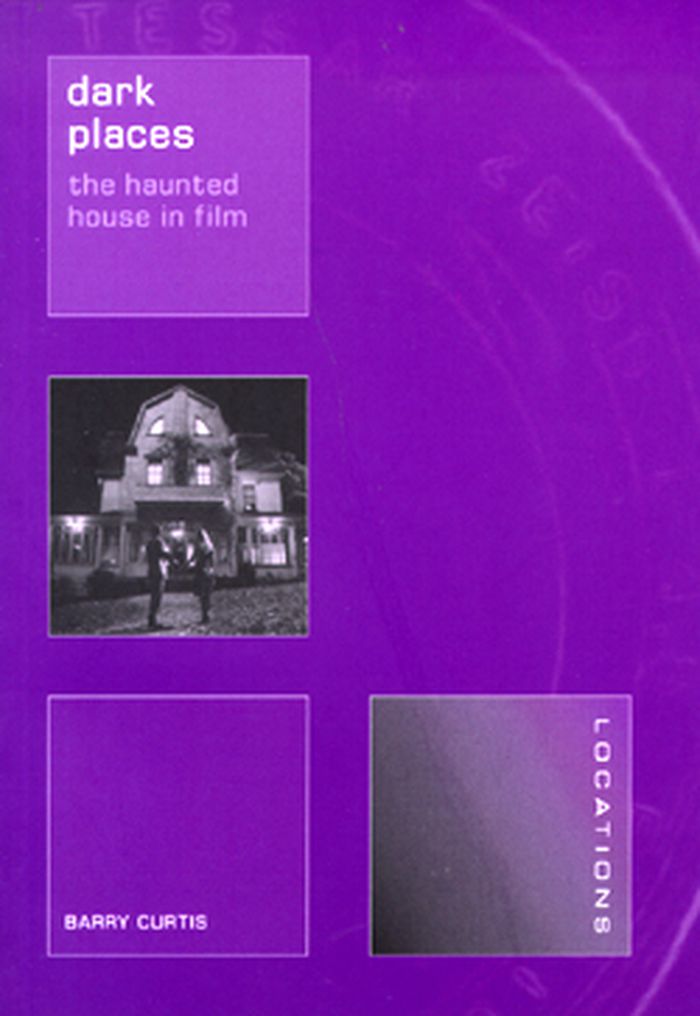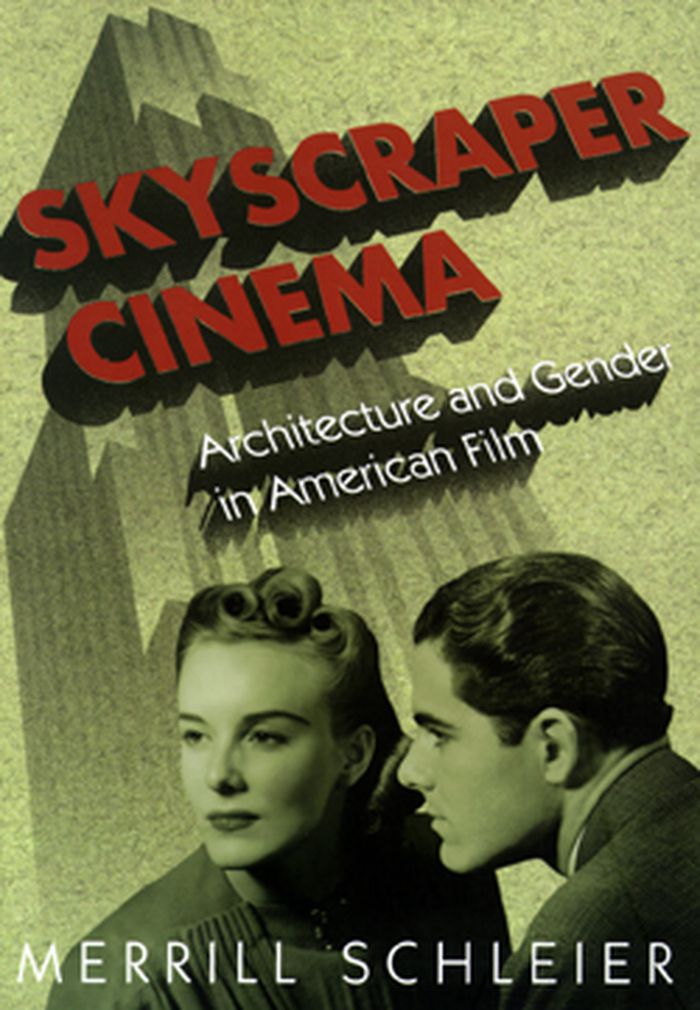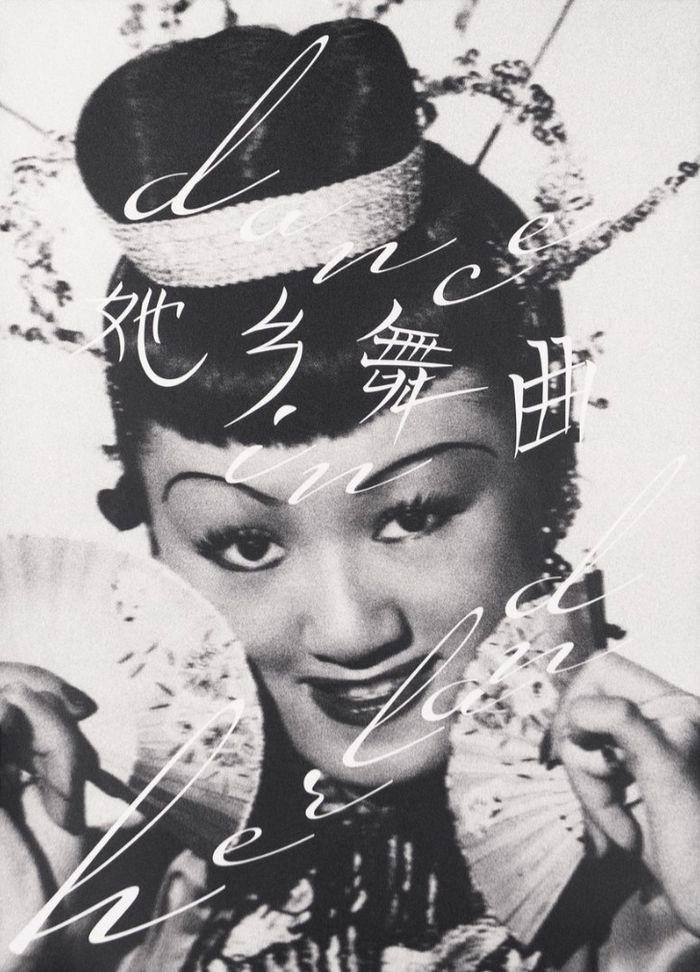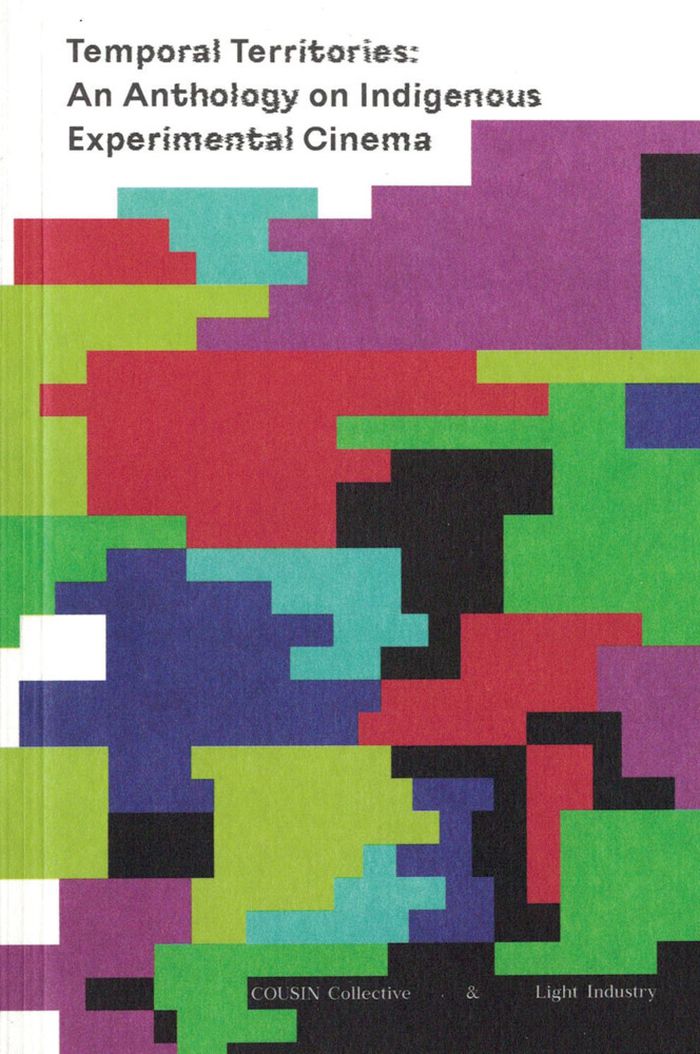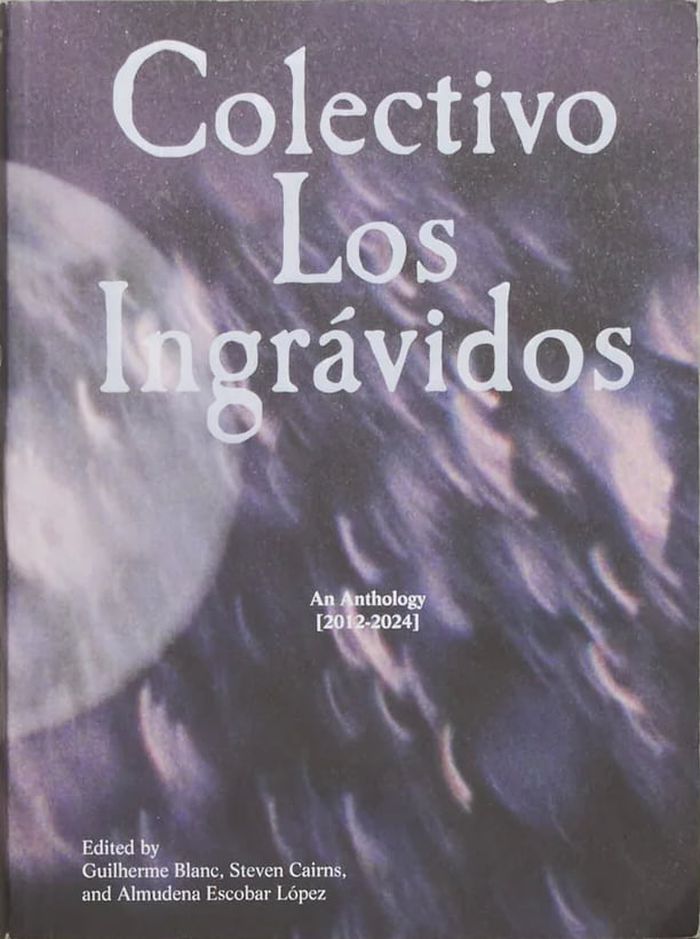$41.95
(disponible sur commande)
Résumé:
Although a few among us are intrepid architectural tourists, visiting buildings and landscapes our cameras at the ready, most of us experience architecture through the windshield of a moving vehicle, the architectural experience reduced to a blurry and momentary drive-by. And the rest of our architectural "tourism" is through the images of cameras, movies, and television(...)
mai 2004, New York
Zoomscape : architecture and motion in media
Actions:
Prix:
$41.95
(disponible sur commande)
Résumé:
Although a few among us are intrepid architectural tourists, visiting buildings and landscapes our cameras at the ready, most of us experience architecture through the windshield of a moving vehicle, the architectural experience reduced to a blurry and momentary drive-by. And the rest of our architectural "tourism" is through the images of cameras, movies, and television programs—that is, through the lens of another's eye. Architectural historian Mitchell Schwarzer calls this new mediated architectural experience the "zoomscape." In this thought-provoking book, he argues that the perception of architecture has been fundamentally altered by the technologies of transportation and the camera - we now look at buildings, neighborhoods, cities, and even entire continents as we ride in trains, cars, and planes, and/or as we view photographs, movies, and television. "Zoomscape" shows how we now perceive buildings and places at high speeds, across great distances, through edited and multiple reproductions. Nowadays, our views of the architectural landscape are modulated by the accelerator pedal and the remote control, by studio production techniques and airplane flight paths. Using examples from high art and popular culture - from the novels of Don DeLillo to the opening credits of "The Sopranos" - Mitchell Schwarzer shows that the zoomscape has brought about unprecedented and often marvelous new ways of perceiving the built environment.
Memoria, 2nd edition
$94.00
(disponible en magasin)
Résumé:
A chronicle of the genesis and creation of "Memoria," the new film by Apichatpong Weerasethakul. After visiting Colombia in 2017, Apichatpong chose the country as the location for his first feature shot outside of his native Thailand. In the following two years, he returned for several visits and travelled extensively, listening to the stories of the people he met along(...)
Memoria, 2nd edition
Actions:
Prix:
$94.00
(disponible en magasin)
Résumé:
A chronicle of the genesis and creation of "Memoria," the new film by Apichatpong Weerasethakul. After visiting Colombia in 2017, Apichatpong chose the country as the location for his first feature shot outside of his native Thailand. In the following two years, he returned for several visits and travelled extensively, listening to the stories of the people he met along the way. The book "Memoria" gathers the memories he collected, in the form of photographs, a personal diary and sketchbook, research notes, treatment excerpts, and email correspondence.
$25.95
(disponible sur commande)
Résumé:
In this illuminating and provocative survey, Stephen Barber examines the historical relationship between film and the urban landscape. "Projected cities" looks with particular focus at the cinema of Europe and Japan, two closely linked cinematic cultures which have been foremost in the use of urban imagery, to reveal elements of culture, architecture and history. By(...)
novembre 2002, London
Projected cities: cinema and urban space
Actions:
Prix:
$25.95
(disponible sur commande)
Résumé:
In this illuminating and provocative survey, Stephen Barber examines the historical relationship between film and the urban landscape. "Projected cities" looks with particular focus at the cinema of Europe and Japan, two closely linked cinematic cultures which have been foremost in the use of urban imagery, to reveal elements of culture, architecture and history. By examining this imagery, especially at moments of turmoil and experimentation, the author reveals how cinema has used images of cities to influence our perception of everything from history to the human body, and how cinematic images of cities have been fundamental to the ways in which the city has been imagined, formulated and remembered. The book goes on to assess the impact of media culture on the status of film and cinema spaces, and concludes by considering digital renderings of the modern city.
LAbook architecture cinéma
$24.00
(disponible sur commande)
Résumé:
Ce programme d'étude intensifest avant tout un atelier de recherche expérimentale misant sur la méthodologie et l'exploration pour développer une architecture nouvelle. Les «ateliers de recherche» proposent habituellement l'analyse comme méthode de design, et s'appuient principalement sur les processus de collecte d'informations, d'analyse et de synthèse que l'architecte(...)
janvier 2008, Montréal
LAbook architecture cinéma
Actions:
Prix:
$24.00
(disponible sur commande)
Résumé:
Ce programme d'étude intensifest avant tout un atelier de recherche expérimentale misant sur la méthodologie et l'exploration pour développer une architecture nouvelle. Les «ateliers de recherche» proposent habituellement l'analyse comme méthode de design, et s'appuient principalement sur les processus de collecte d'informations, d'analyse et de synthèse que l'architecte entreprend, dans les premières phases de la conception du projet, pour structurer visuellement sa pensée et son interprétation d'un contexte donné. Ceci permet aux étudiants de l'été 2007 d'établir un nouveau regard et de créer un imaginaire tout en contribuant à la connaissance générale du sujet. Étant donné la complexité et l'envergure du thème et les contraintes particulières de ce court programme d'étude, le choix d'une méthodologie linéaire assez souple et ouverte à l'exploration était de mise. L'objectif de cet atelier est de proposer des architectures radicales.
$72.00
(disponible sur commande)
Résumé:
This book showcases the drawings of Ken Adam, the man who has created some of the most iconic and memorable sets in the history of film. Presented chronologically, the book takes us from design sketches for his earliest movies, including "Around the World in Eighty Days", through his Oscar-winning work with Stanley Kubrick, to production designs for what are probably his(...)
novembre 2008, New York
Ken Adams designs the movies: james bond and beyond
Actions:
Prix:
$72.00
(disponible sur commande)
Résumé:
This book showcases the drawings of Ken Adam, the man who has created some of the most iconic and memorable sets in the history of film. Presented chronologically, the book takes us from design sketches for his earliest movies, including "Around the World in Eighty Days", through his Oscar-winning work with Stanley Kubrick, to production designs for what are probably his most celebrated films the first seven "James Bond" movies, including "Dr. No", "Goldfinger", "Diamonds are Forever" and "Moonraker". Also included are production drawings for classics such as "Chitty Chitty Bang Bang", "Goodbye", "Mr Chips", "Sleuth" and "The Last Emperor". Adam's virtuoso sketches for films and other projects are accompanied by illuminating commentary from the eminent Sir Christopher Frayling, and together present an unrivaled archive of breathtaking and inspirational production design.
$18.50
(disponible sur commande)
Résumé:
Dark Places" explores the dim, claustrophobic interiors of haunted houses in horror movies, as well as the cinema auditorium itself, and their relation to the 'dark places' of the human pysche. Barry Curtis looks at the long, blood-soaked history of horror films: their fascination with re-animating the dead; the special effects, both sophisticated and crude, which have(...)
Dark places: the haunted house in film
Actions:
Prix:
$18.50
(disponible sur commande)
Résumé:
Dark Places" explores the dim, claustrophobic interiors of haunted houses in horror movies, as well as the cinema auditorium itself, and their relation to the 'dark places' of the human pysche. Barry Curtis looks at the long, blood-soaked history of horror films: their fascination with re-animating the dead; the special effects, both sophisticated and crude, which have been contrived in order to bring spirits into the realm of the living; the structures, projections and architecture of horror movie sets; and the complex metaphorical life of 'ghosts' as harbingers of loss, amnesia, injustice and vengeance. A wide range of films is also discussed in which the 'haunted house' is reworked in new scenarios - the road, the apartment, the motel, the spaceship - and visually linked to the troubling archetypes of Gothic fictions. Barry Curtis is Emeritus Professor of Visual Culture at Middlesex University, Fellow of the London Consortium, and Visiting Tutor at the Royal College of Art. He has written widely on film, architecture, art and visual culture for magazines, newspapers and journals.
$36.95
(disponible sur commande)
Résumé:
Whether tall office buildings, high-rise apartments, or lofty hotels, skyscrapers have been stars in American cinema since the silent era. Cinema’s tall buildings have been variously represented as unbridled aspiration, dens of iniquity and eroticism, beacons of democracy, and well-oiled corporate machines. Considering their intriguing diversity, Merrill Schleier(...)
janvier 2009, Minneapolis, London
Skyscraper cinema : architecture and gender in American film
Actions:
Prix:
$36.95
(disponible sur commande)
Résumé:
Whether tall office buildings, high-rise apartments, or lofty hotels, skyscrapers have been stars in American cinema since the silent era. Cinema’s tall buildings have been variously represented as unbridled aspiration, dens of iniquity and eroticism, beacons of democracy, and well-oiled corporate machines. Considering their intriguing diversity, Merrill Schleier establishes and explains the impact of actual skyscrapers on America’s ideologies about work, leisure, romance, sexual identity, and politics as seen in Hollywood movies.
Dance in Herland
$69.99
(disponible en magasin)
Résumé:
''Dance in Herland'' surveys artist Luka Yuanyuan Yang’s cinematic oeuvre, including her feature-length production Chinatown Cha-Cha and five short films centered on diasporic Chinese communities. The book picks up where the films end, serving as both a reflection and a complement, while also creating a new narrative. Over nearly a year of editing, we felt like revisiting(...)
Dance in Herland
Actions:
Prix:
$69.99
(disponible en magasin)
Résumé:
''Dance in Herland'' surveys artist Luka Yuanyuan Yang’s cinematic oeuvre, including her feature-length production Chinatown Cha-Cha and five short films centered on diasporic Chinese communities. The book picks up where the films end, serving as both a reflection and a complement, while also creating a new narrative. Over nearly a year of editing, we felt like revisiting 20th-century San Francisco and Cuba, tracing history through the neons of Chinatown and the echoes of Cantonese opera. For the dancers and performers documented in this book, their bodies act as living archives; their memories and unspoken emotions may be concealed in their steps, fingertips, and gazes.
$38.00
(disponible en magasin)
Résumé:
Founded in 2018, COUSIN Collective is dedicated to promoting Indigenous artists working with the moving image. ''Temporal Territories'' is the collective’s critical anthology on Indigenous experimental cinema, bringing together new works, reprints of key writings, theoretical interventions, artist portfolios, intergenerational dialogues and manifestos. With topics ranging(...)
Temporal territories: An anthology on indigenous experimental cinema
Actions:
Prix:
$38.00
(disponible en magasin)
Résumé:
Founded in 2018, COUSIN Collective is dedicated to promoting Indigenous artists working with the moving image. ''Temporal Territories'' is the collective’s critical anthology on Indigenous experimental cinema, bringing together new works, reprints of key writings, theoretical interventions, artist portfolios, intergenerational dialogues and manifestos. With topics ranging from science fiction to found-footage filmmaking to the strange case of the DeMille Indians, the volume surveys a varied and vital body of work, and suggests new forms still to come.
$40.00
(disponible en magasin)
Résumé:
''Colectivo Los Ingrávidos: An Anthology'' explores the radical practice of one of today's most prolific and politically charged film collectives. Emerging in 2012, ''Colectivo Los Ingrávidos'' challenges cinematic conventions through a decolonial lens, making films that dissolve the boundaries between ritual and resistance, myth and history, the personal and the(...)
juillet 2025
Colectivo los ingravidos: An anthology 2012-2024
Actions:
Prix:
$40.00
(disponible en magasin)
Résumé:
''Colectivo Los Ingrávidos: An Anthology'' explores the radical practice of one of today's most prolific and politically charged film collectives. Emerging in 2012, ''Colectivo Los Ingrávidos'' challenges cinematic conventions through a decolonial lens, making films that dissolve the boundaries between ritual and resistance, myth and history, the personal and the collective. This publication gathers ''Los Ingrávidos''' foundational texts - including their ''Manifesto and Thesis on the Audiovisual'' - alongside newly comissioned essays and critical reflections by thinkers in experimental and decolonial cinema. By presenting the collective's writings in their voice while broadening its reach.
